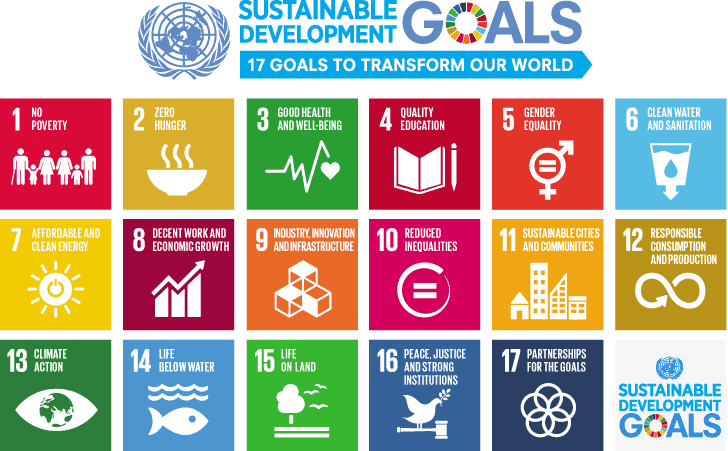How can we help to strengthen environmental stewardship, economic prosperity, cultural vibrancy, and social justice for this new global age?
We have entered a challenging new era, in which old ways of seeing and acting no longer seem to apply. Climate change, pandemics, economics, information, voter influence… these are all truly global issues. More than ever, shared knowledge, values, social norms, leadership, action, and policy are needed across all levels and sectors of our global society.
“Above all we need a politics of respect for knowledge” (Prof Jeffrey Sachs)
Iain strives to help build healthy, liveable communities. His vision is for cities and communities that are “… constantly creating and improving those physical and social environments and expanding those community resources which enable people to mutually support each other in performing all the functions of life and in developing their maximum potential”. (WHO Healthy Cities co-founders, Prof Trevor Hancock & Prof Leonard Duhl)
A ‘healthy community’
• Practices ongoing dialogue
• Generates leadership everywhere
• Shapes its own future
• Embraces diversity
• Knows itself
• Connects people and resources
• Creates a sense of community
Healthy communities are Liveable
At their core, Healthy communities have a Vision to be Liveable. ‘Liveable’ communities are safe, attractive, socially cohesive and inclusive, and environmentally sustainable; with affordable and diverse housing linked by convenient public transport, walking and cycling infrastructure to employment, education, public open space, local shops, health and community services, and leisure and cultural opportunities” (Lowe et al., 2013).
Iain helped to develop this definition of Liveability, which has informed Plan Melbourne and is included in the Victorian Public Health and Wellbeing Plan. It has also informed a range of local government strategies. This includes Cardinia Shire Council’s Liveability Plan 2017-29 and the City of Greater Shepparton’s Public Health Strategic Plan 2018 – 2028. In 2016, this work informed a special edition of the Lancet on urban design, transport and health, which was launched at the UN 71st General Assembly in New York.

